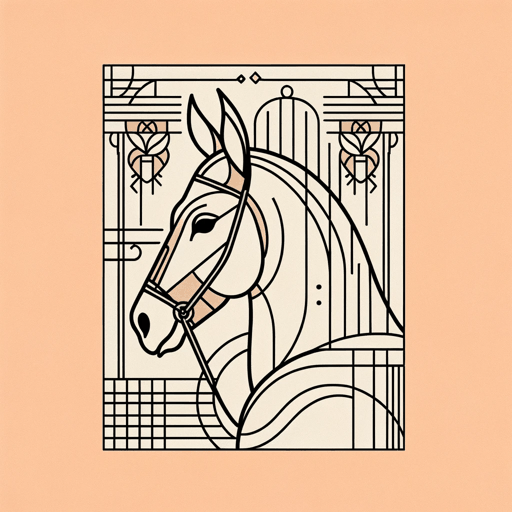16 pages • 32 minutes read
Langston HughesMe and the Mule
Fiction | Poem | Adult | Published in 1959A modern alternative to SparkNotes and CliffsNotes, SuperSummary offers high-quality Study Guides with detailed chapter summaries and analysis of major themes, characters, and more.
Poem Analysis
Analysis: “Me and the Mule”
Langston Hughes’s “Me and the Mule” makes a powerful statement in few words. With the intense focus on rhythm and sound that Hughes and other Harlem Renaissance poets are known for, “Me and Mule” comments on the dehumanization inherent in racism and the importance of having pride in one’s racial identity and insisting on one’s dignity in the face of mistreatment or societal prejudice. “Me and the Mule” uses the figure of the mule, a common symbol associated with enslaved people, poor people, and laborers, to address Racial Inequality and call for Racial Pride.
The poem opens with the speaker’s smiling beast of burden: “My old mule, / He's gota grin on his face” (Lines 1-2). The image is immediately striking because of its anthropomorphism (giving human characteristics to nonhuman objects or animals). Mules are domesticated for heavy labor, and are typically thought of as stubborn and intellectually limited. Thus, it is surprising that the speaker’s mule grins—we don’t know why this creature is capable of human expression. One reading of the image of the mule is that it stands for an unintellectual Black laborer only capable of hard physical labor; in this interpretation, the grinning mule is a dehumanizing comparison to a Black worker.
Related Titles
By Langston Hughes
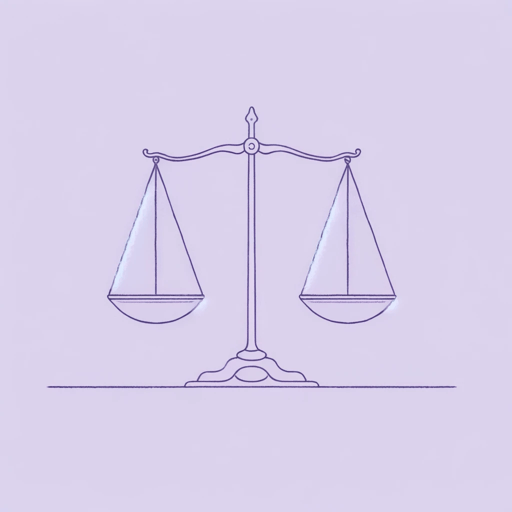
Children’s Rhymes
Langston Hughes
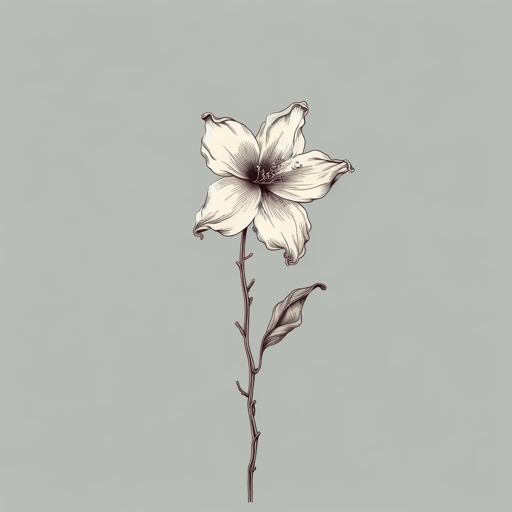
Cora Unashamed
Langston Hughes
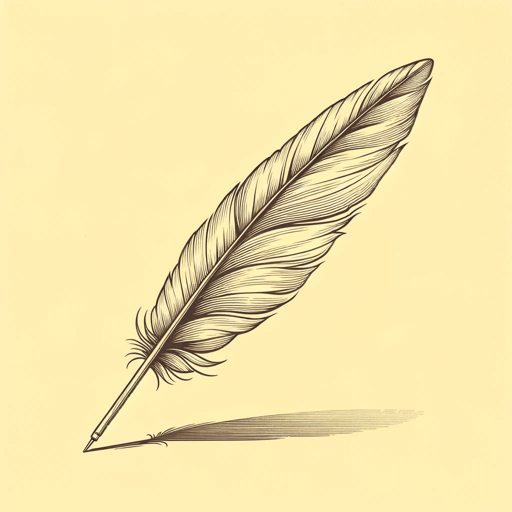
Dreams
Langston Hughes

Harlem
Langston Hughes

I look at the world
Langston Hughes
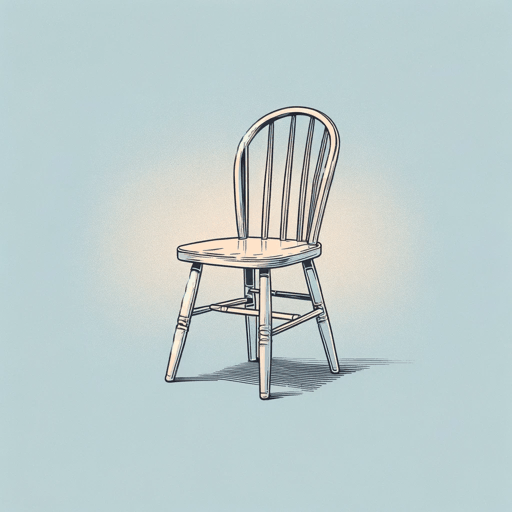
I, Too
Langston Hughes
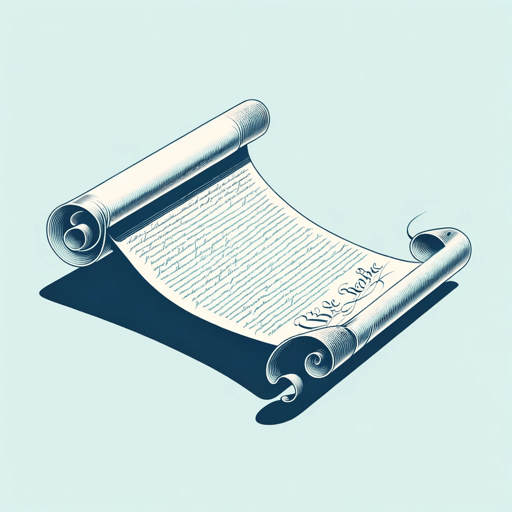
Let America Be America Again
Langston Hughes
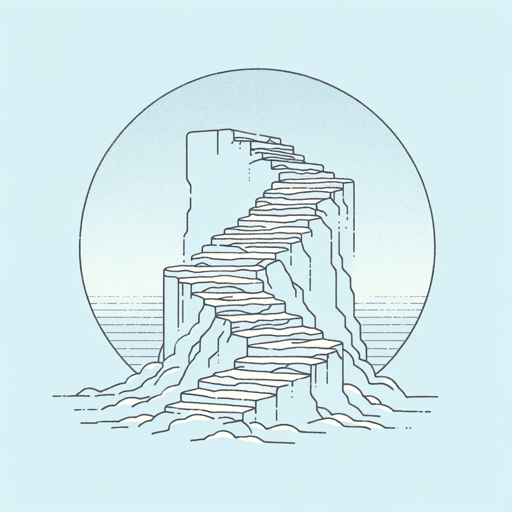
Mother to Son
Langston Hughes

Mulatto
Langston Hughes

Mule Bone: A Comedy of Negro Life
Langston Hughes, Zora Neale Hurston
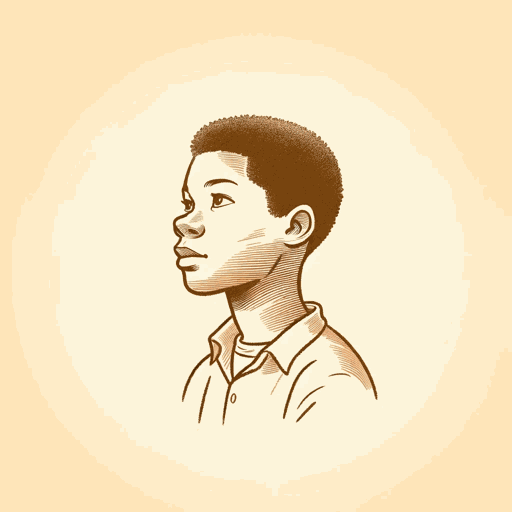
Not Without Laughter
Langston Hughes
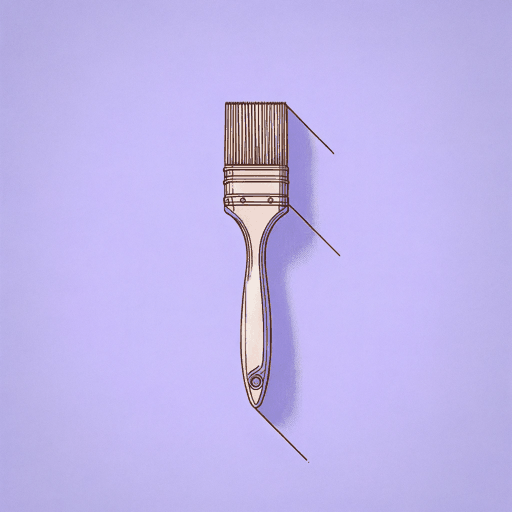
Slave on the Block
Langston Hughes
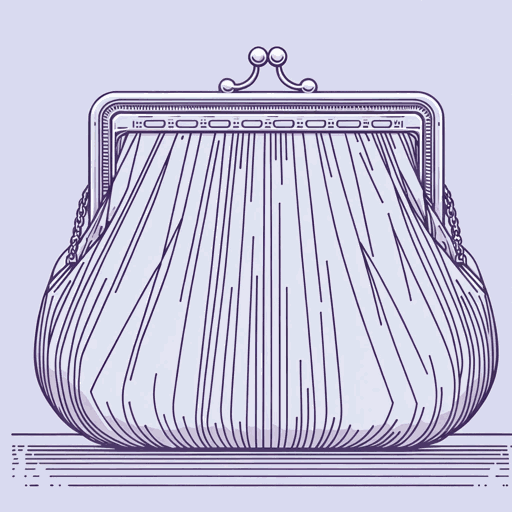
Thank You, M'am
Langston Hughes

The Big Sea
Langston Hughes
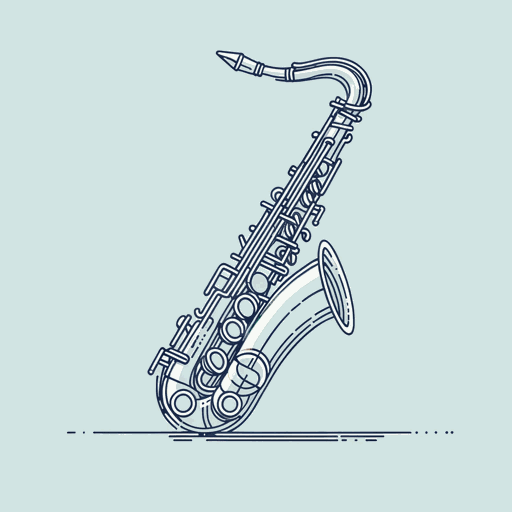
Theme for English B
Langston Hughes
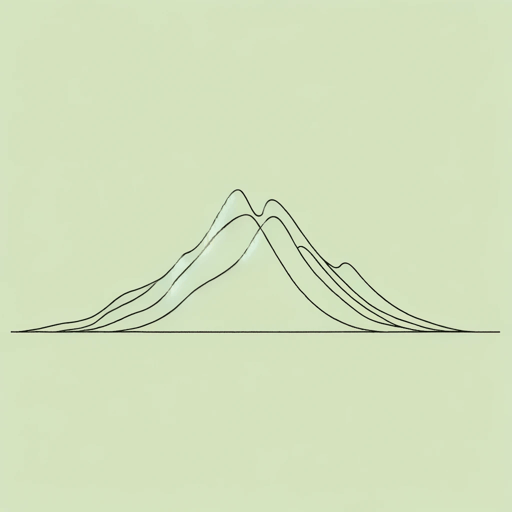
The Negro Artist and the Racial Mountain
Langston Hughes

The Negro Speaks of Rivers
Langston Hughes
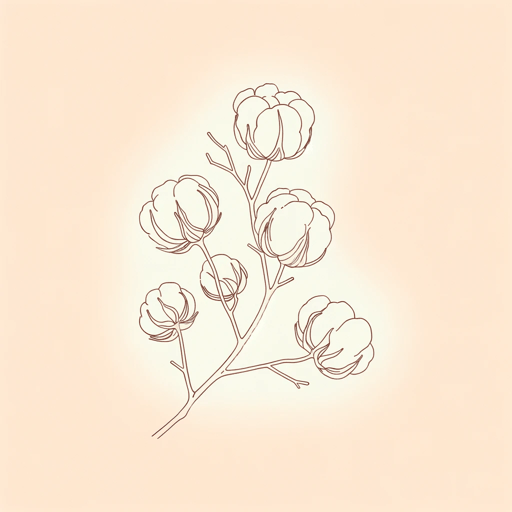
The Ways of White Folks
Langston Hughes
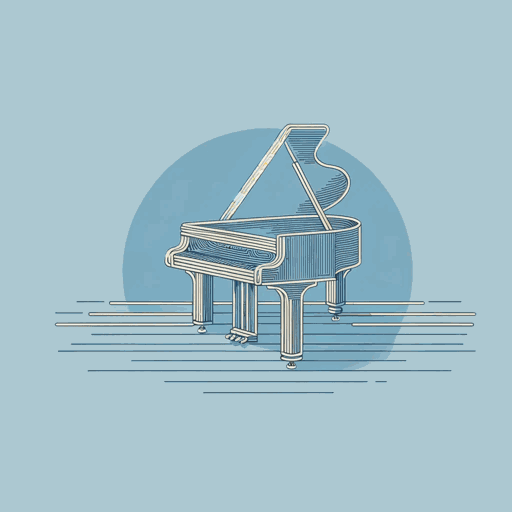
The Weary Blues
Langston Hughes
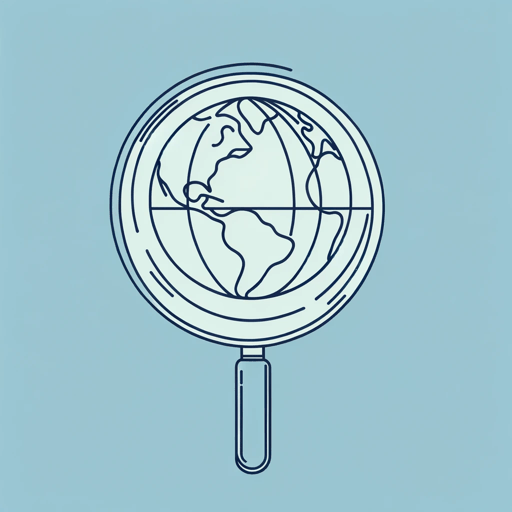
Tired
Langston Hughes
Featured Collections
African American Literature
View Collection
American Literature
View Collection
Books About Race in America
View Collection
Books on U.S. History
View Collection
Civil Rights & Jim Crow
View Collection
Contemporary Books on Social Justice
View Collection
Diverse Voices (High School)
View Collection
Diverse Voices (Middle Grade)
View Collection
Equality
View Collection
Harlem Renaissance
View Collection
Poetry: Perseverance
View Collection
Pride & Shame
View Collection
Short Poems
View Collection
